Canada is one of the few countries in the world that has a large types of Canadian trees.
It’s a country known for its beautiful woodlands and wide extended forests.
The Canadian flag with its maple leaf shows how proud the Canadians are of their trees. But what else do we know about them?
There are so many different trees, it can be hard to keep track and know them all.
But no more! Today we will explore the wide range of Canadian trees and their natural habitat.
1. Pacific Silver Fir (Abies Amabilis)
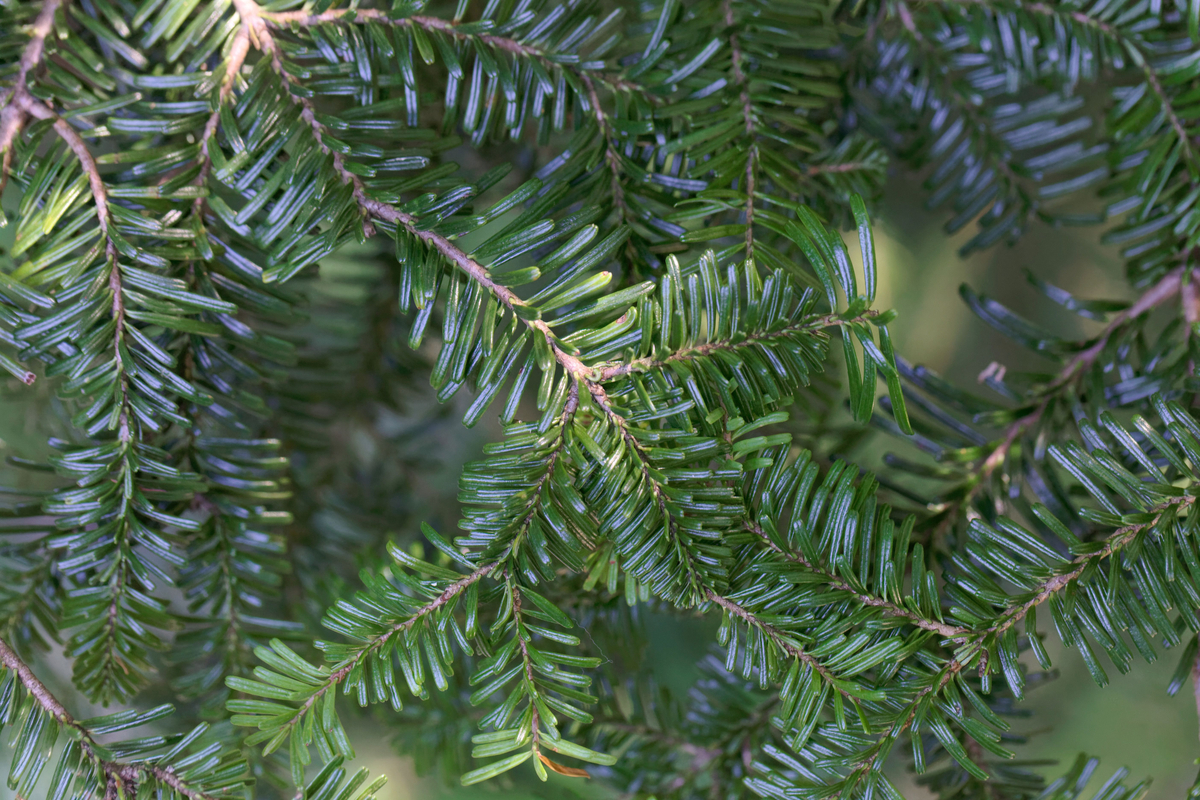
The Pacific silver fir is a native tree to the Pacific coastal regions of North America. It can grow in altitudes of up to 2,300 m.
2. Rocky Mountains Subalpine Fir (Abies Bifolia)
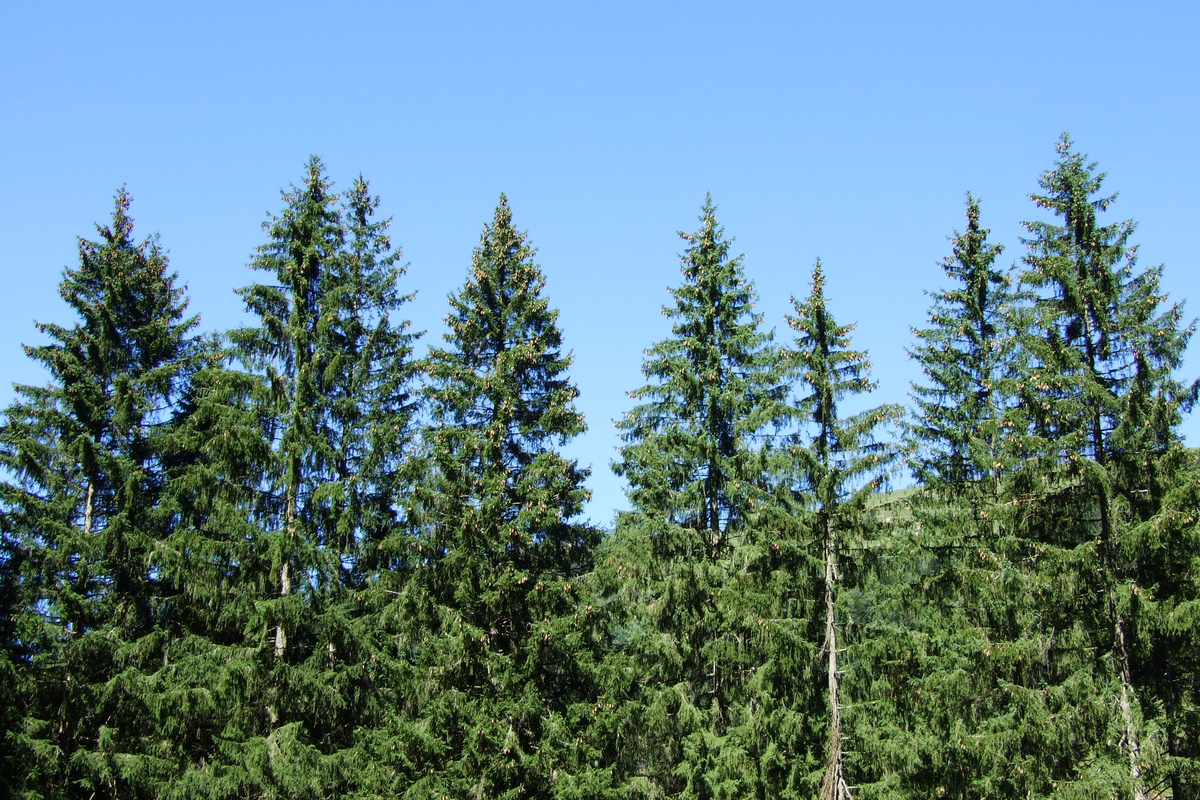
The Rock Mountains Subalpine fir is a medium-sized conifer that grows up to 20 meters tall. It commonly grows in altitudes of up to 3,500 m.
3. Juniper (Juniperus Communis)

The Common Juniper tree is a small shrub or tree in the cypress family.
The evergreen Juniper is one of the few woody plants that have a vast geographical range across the cooler climates of the Northern hemisphere.
4. Rocky Mountain Juniper (Juniperus Scolpulorum)
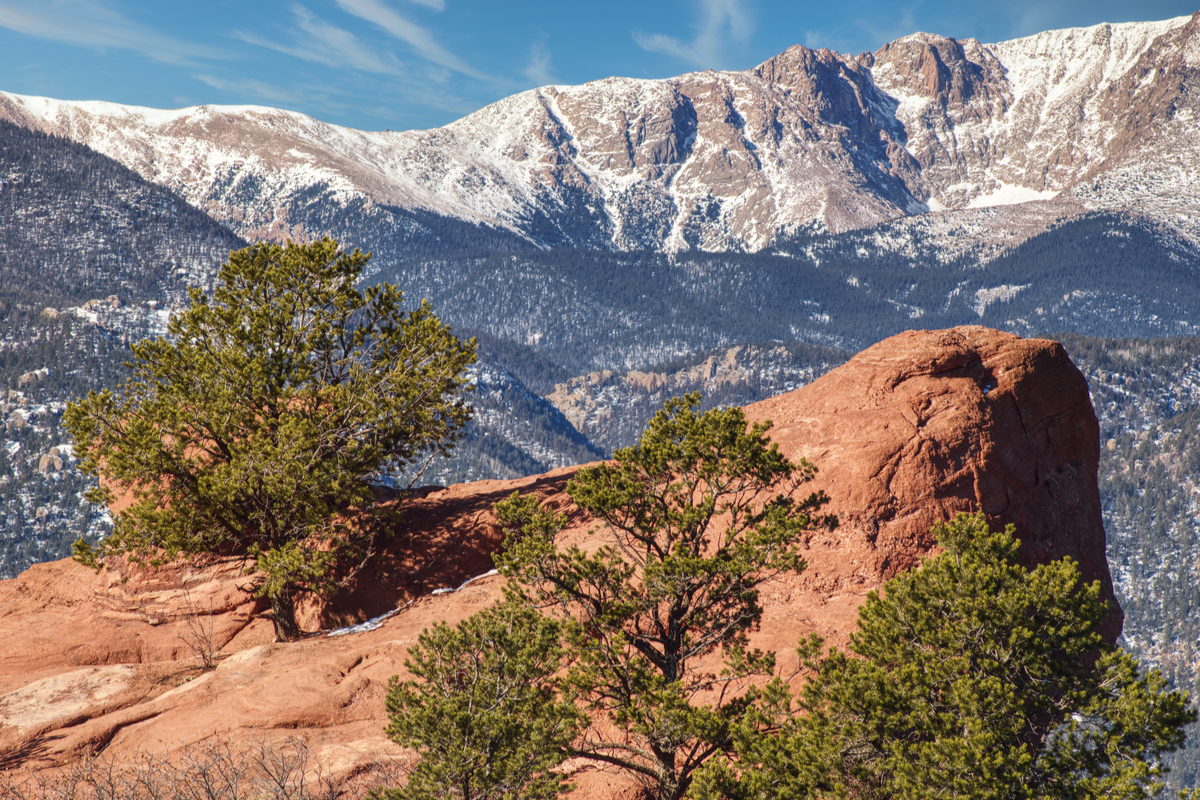
The Rocky Mountain juniper is native to Canada and North America. It’s an evergreen conifer that grows in altitudes of up to 2,700 meters.
5. Tamarack Larch (Larix Laricina)
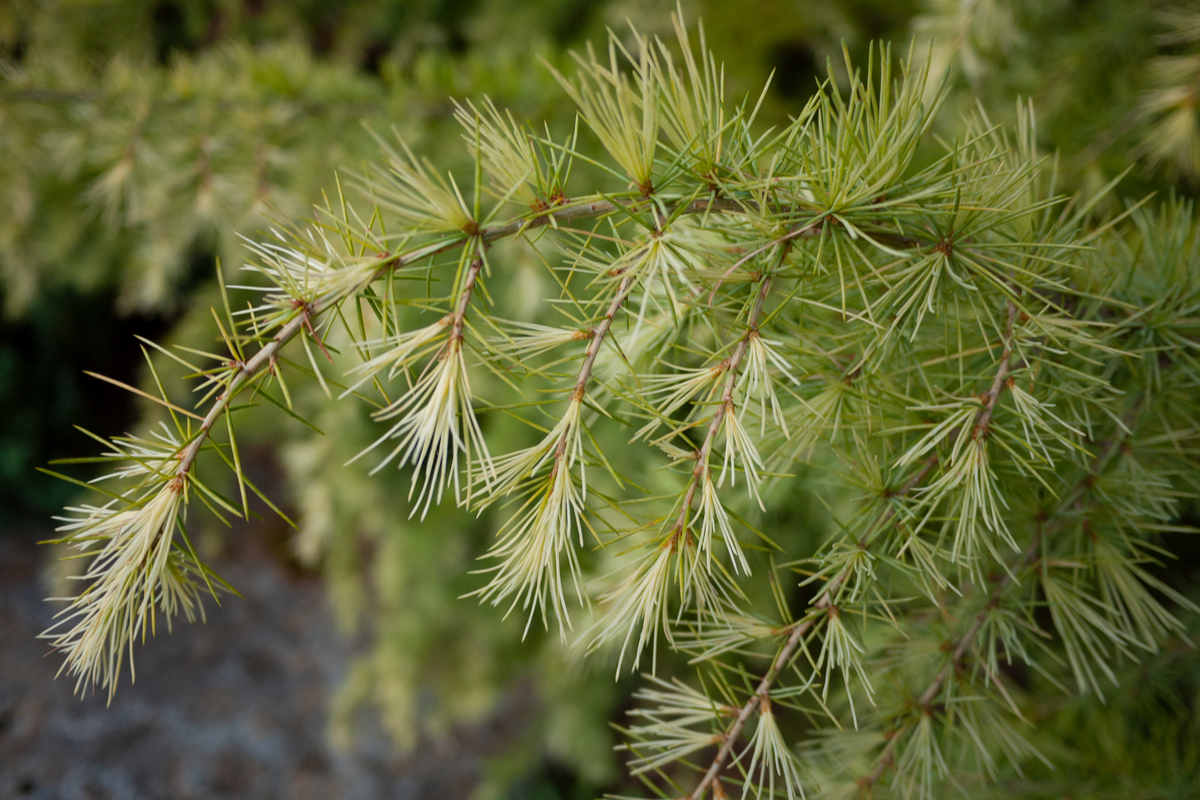
The Tamarack larch is a larch species native to Canada. This small evergreen conifer can grow up to 20 m tall.
6. Engelmann Spruce (Picea Engelmannii)
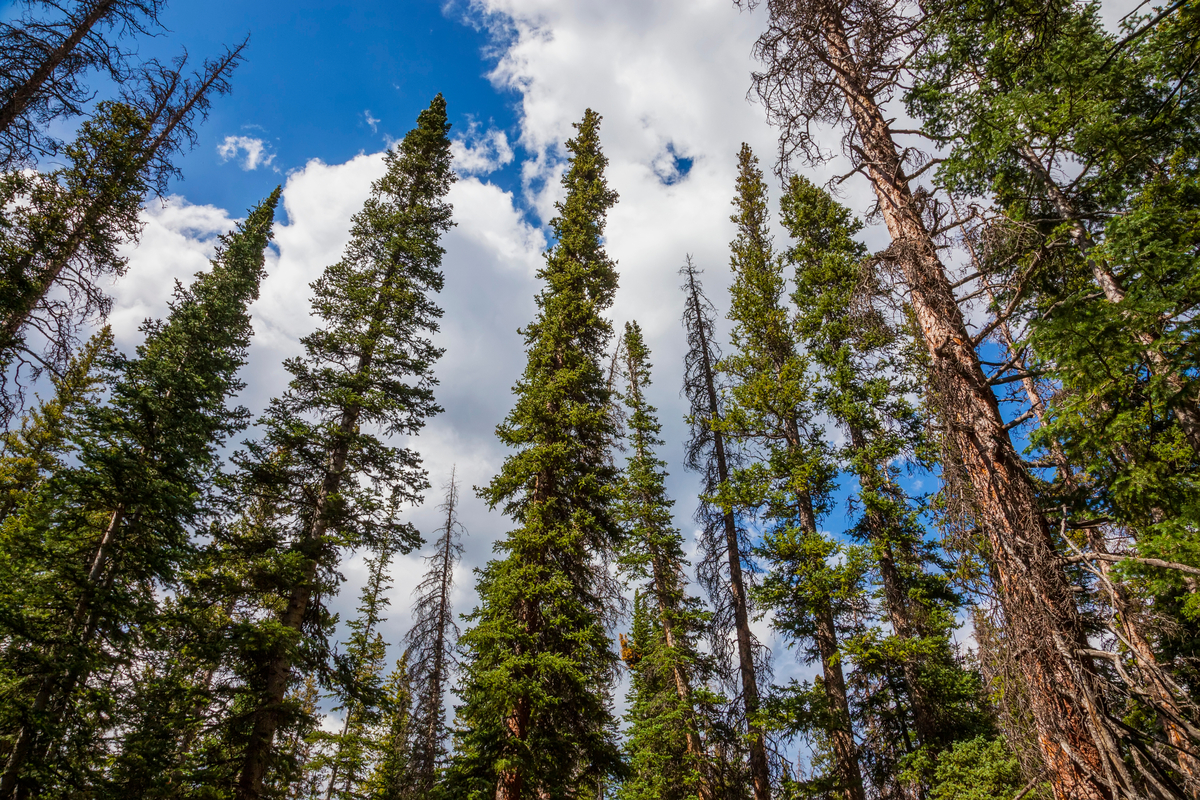
The Engelmann spruce, also known as mountain spruce or silver spruce, is a native spruce species to the North West of America.
It enjoys the cooler climates of high mountainous altitudes but you can also find it in watered canyons.
7. Sitka Spruce (Picea Sitchensis)
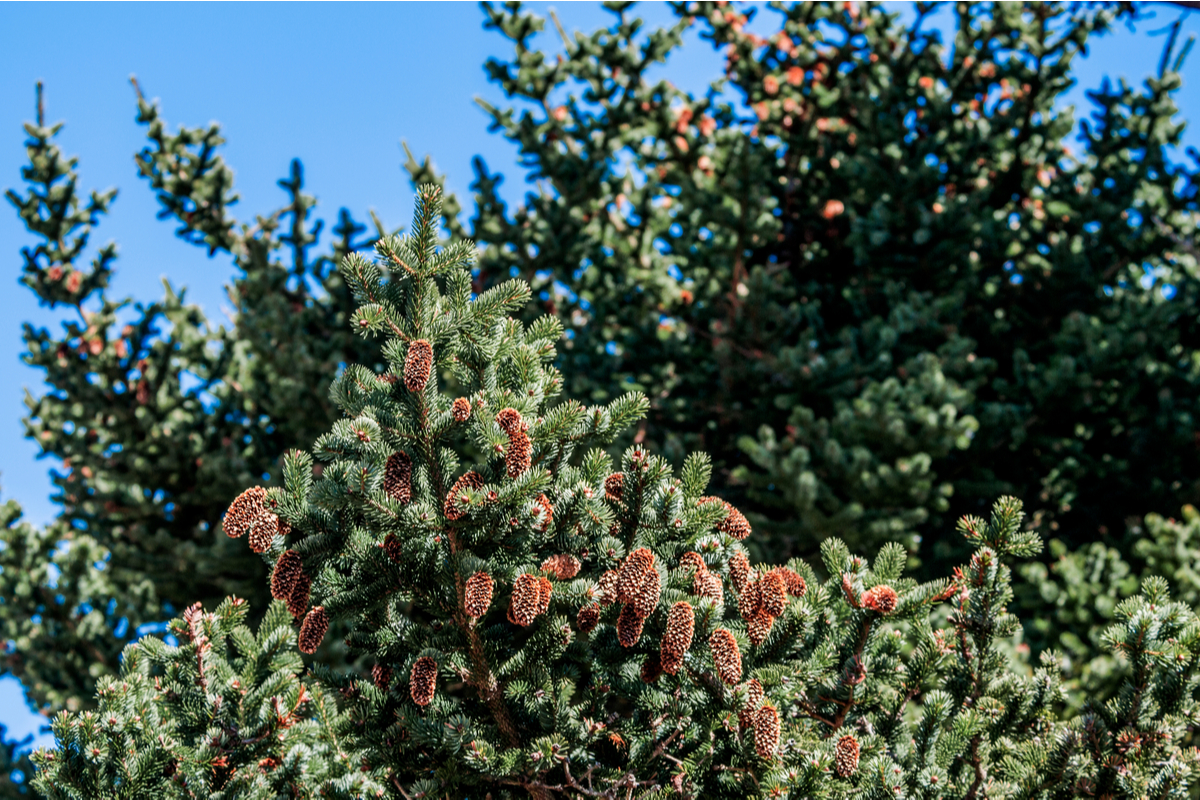
The Sitka spruce is a well-known species of spruce. This large, evergreen tree can grow up to 100 meters. Its trunk can grow as thick as 5 meters.
The Sitka spruce is the fifth-largest conifer in the world.
8. Jack Pine (Pinus Banksiana)

Native to the East of the Rocky Mountains in Canada, the Jack pine typically reaches heights of up to 22 m.
9. Limber Pine (Pinus Flexilis)
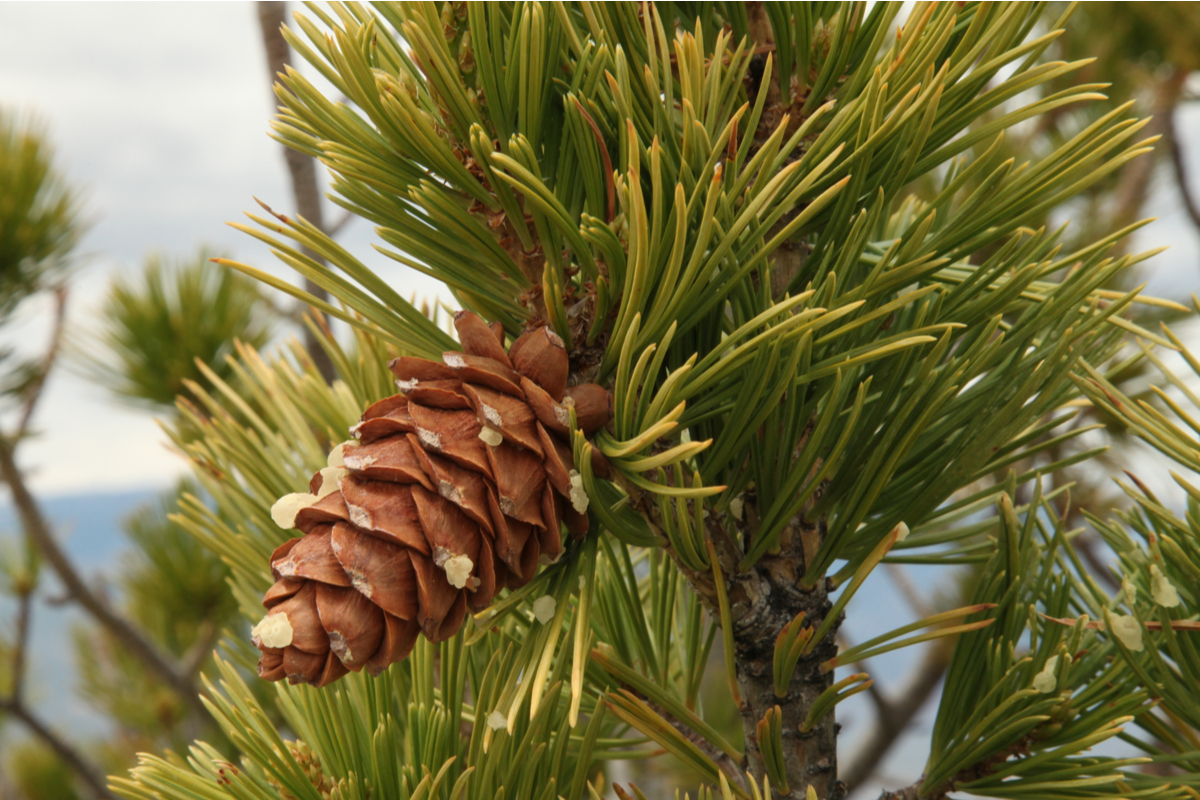
The Limber pine is a pine tree of the family Pinaceae. It can be found in the mountain regions in Canada and the Western USA.
The Limber pine is also commonly known as the Rocky Mountain white pine.
10. Red Pine (Pinus Resinosa)
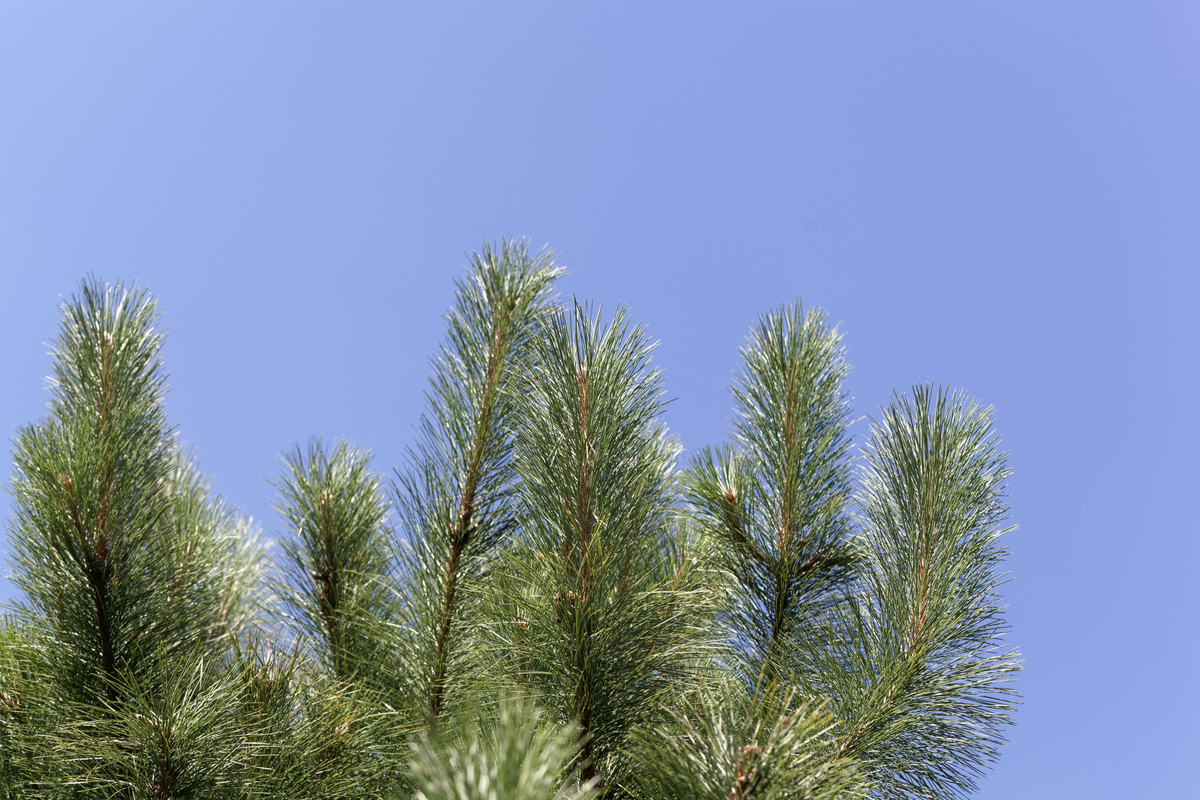
The red pine can be found from West Newfoundland to Manitoba. This coniferous tree commonly grows 35 meters tall and produces small round cones.
11. Rocky Mountain Douglas Fir (Pseudotsuga menziesii subsp. glauca)
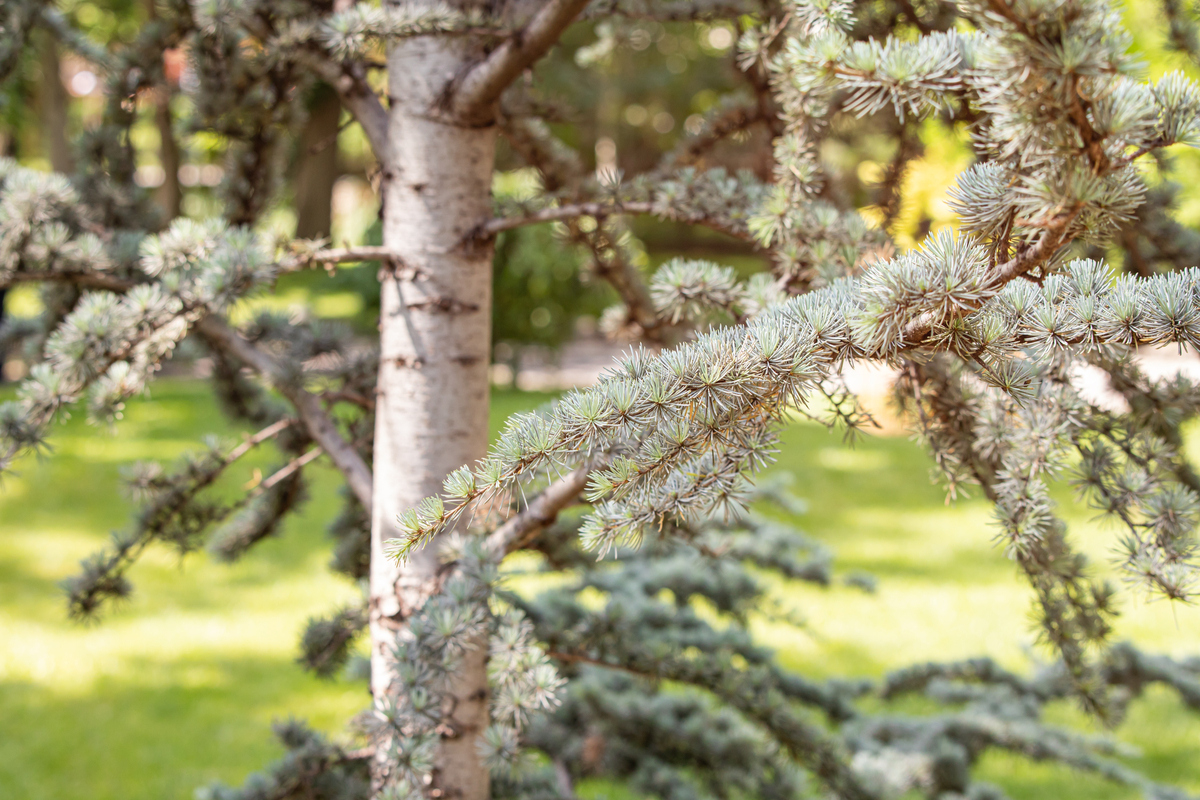
The Rocky Mountain Douglas fir is a popular forest tree that spreads all across North West America. It usually grows in altitudes of 300 m to 3,000 m.
12. Western Yew (Taxus Brevifolia)
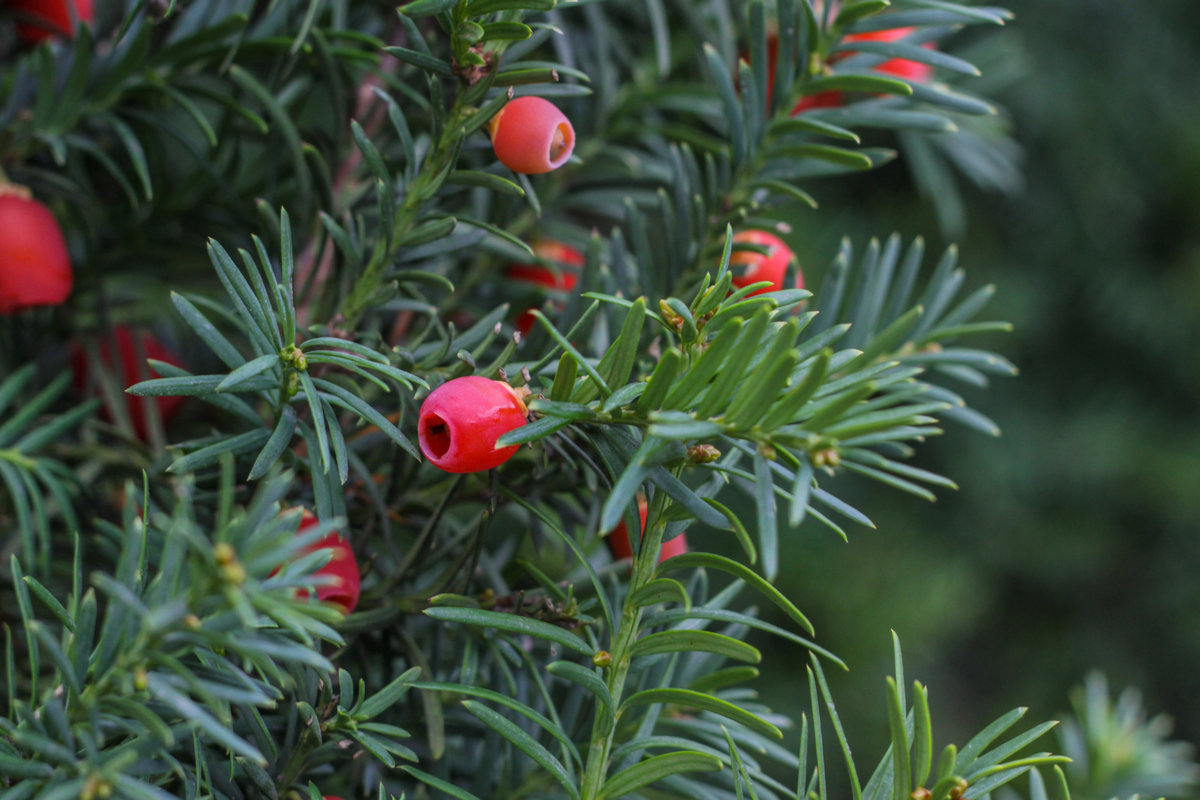
The Western yew is native to the Northwest in North America. It can be found near Pacific coastal regions.
This coniferous tree is extremely slow-growing and only reaches heights of up to 15 m.
13. Canada Yew (Taxus Canadensis)
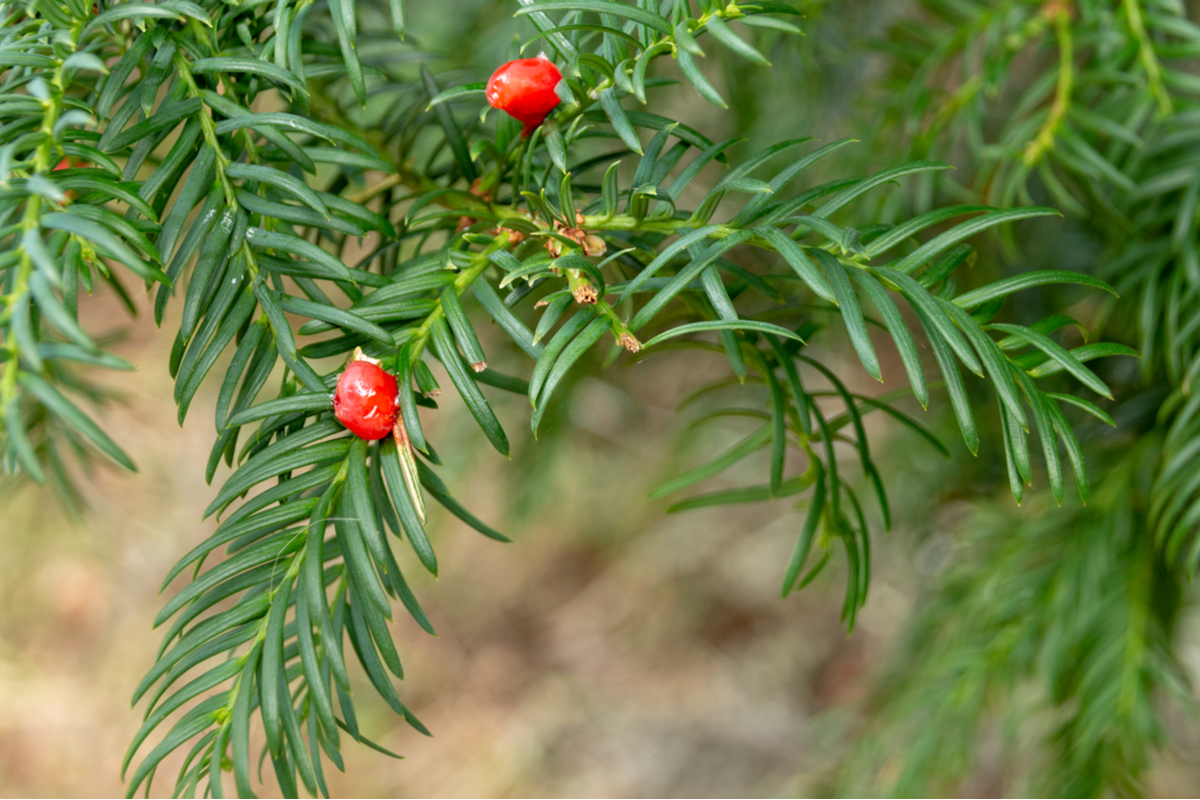
The Canada yew has its natural habitat in the swampy woods and riverbanks of North America.
This yew species is also sometimes called ground hemlock or American yew.
14. Mountain Hemlock (Tsuga Mertensiana)
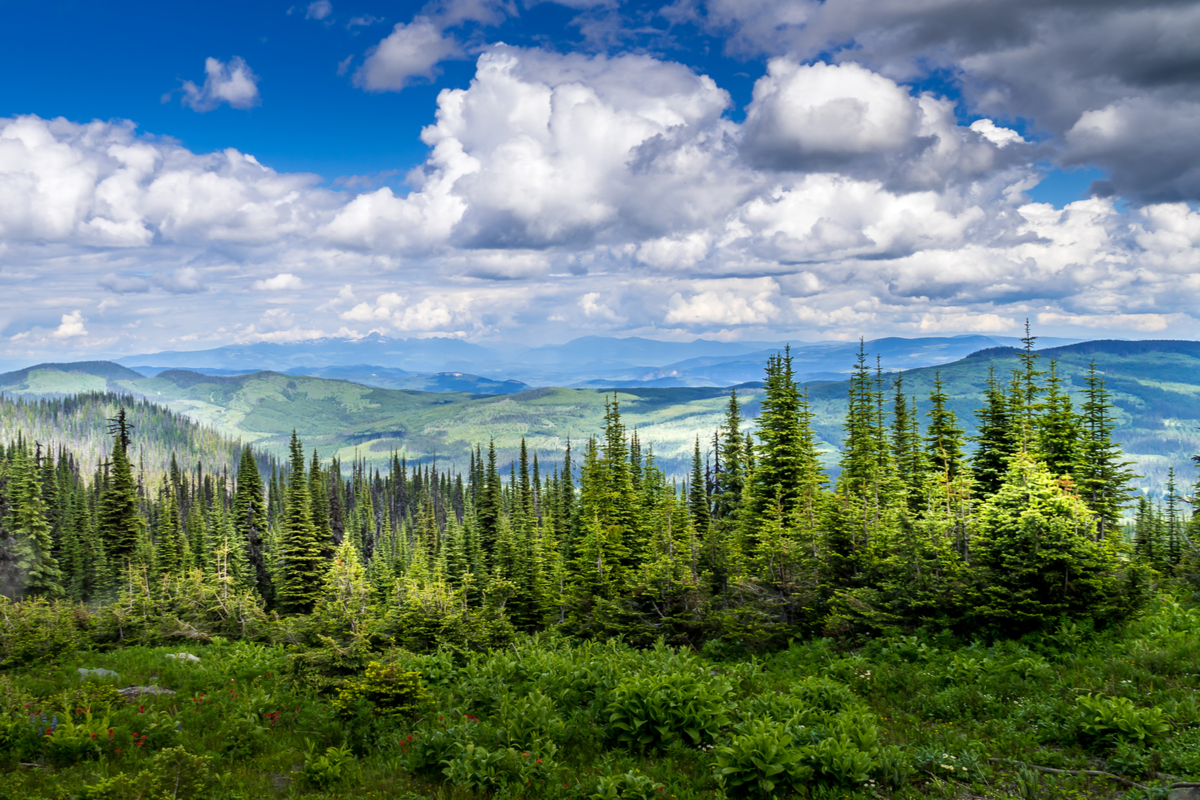
The first cuttings from the mountain hemlock were collected by German botanist Karl Heinrich Mertens in 1826. That’s why it has the Latin name Mertensiana.
15. Sugar Maple (Acer Saccharum)
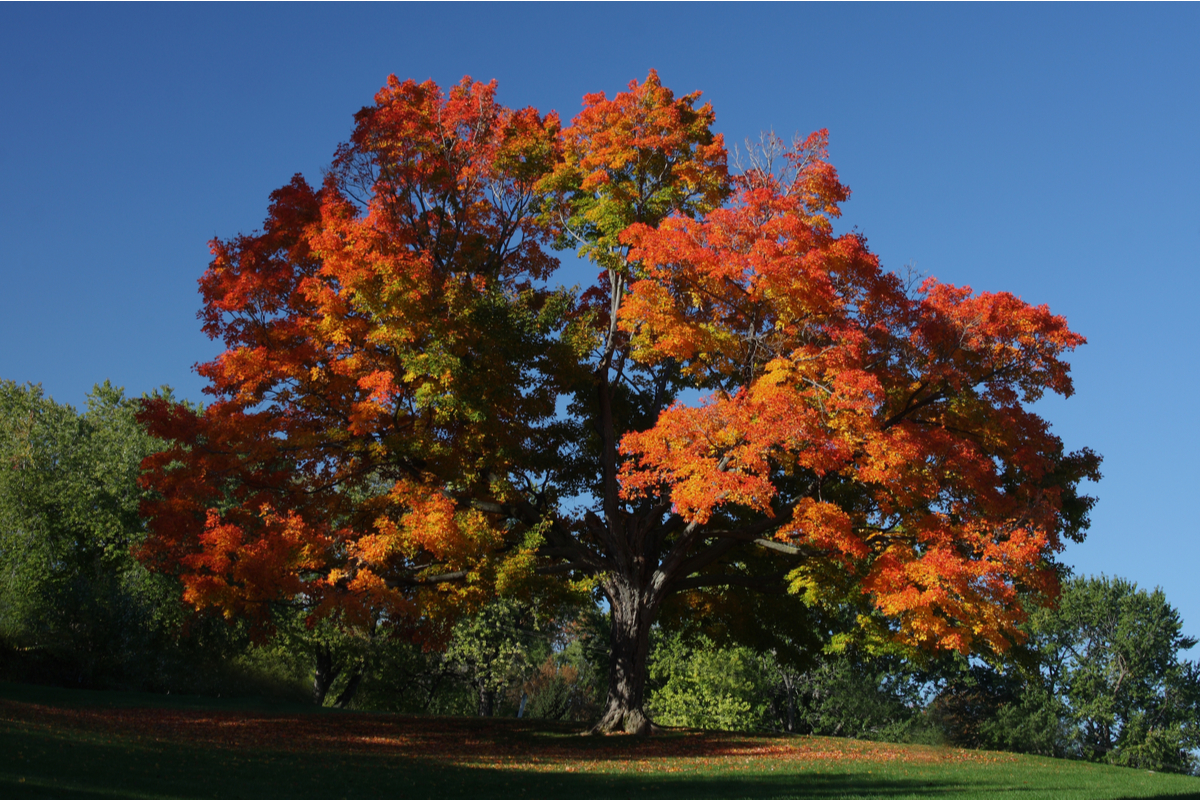
The sugar maple is a flowering tree in the lychee family. It is commonly found in hardwood forests of Eastern Canada.
The sugar maple is known around the world due to its sap, which is used to make maple syrup.
A leaf of the sugar maple is also featured on the Canadian flag.
RELATED: How To Grow Dwarf Japanese Maple Trees – One Of The Most Popular Bonsai Species
16. Saskatoon Berry (Amelanchier Alnifolia)
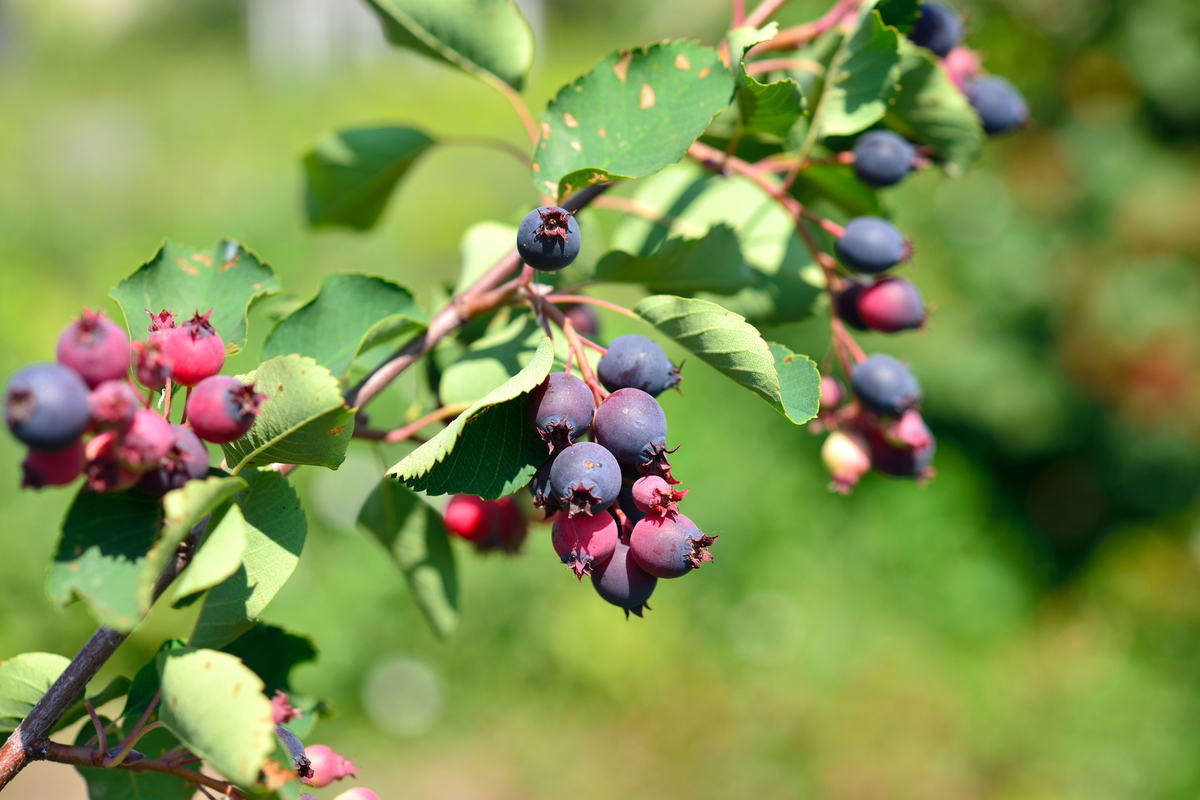
As its name suggests, this tree grows in the Western regions of Canada, and it grows edible fruit.
This dwarf species of serviceberries grows in altitudes of up to 3,400 m.
17. Mountain Paper Birch (Betula Cordifolia)
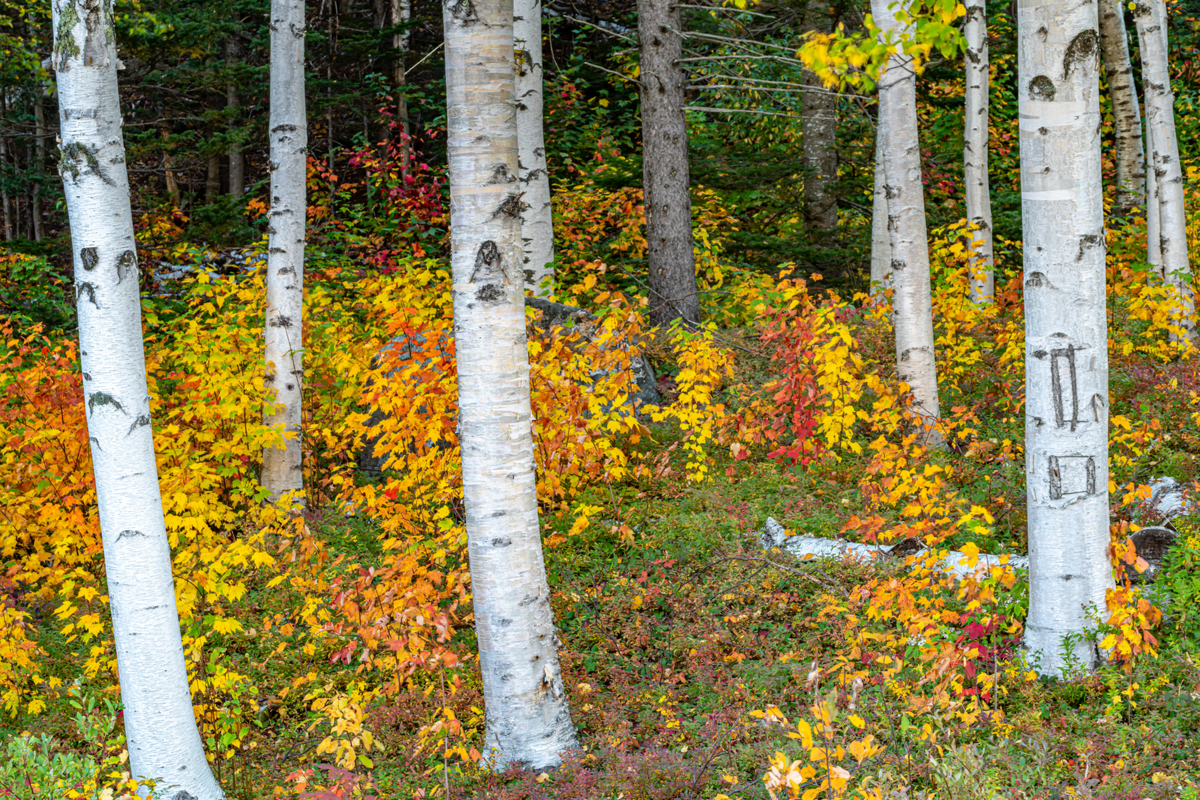
Also known as the mountain white birch, this birch tree is native to Eastern Canada and the North East of the United States.
It’s a deciduous tree that can grow up to 25 m in height.
18. American Hornbeam (Carpinus Caroliniana)

American hornbeams are small, hardy trees native to the East of North America. It also grows around Quebec and Southeast Ontario in Canada.
This deciduous tree is usually found near moist soils, such as rivers or streams.
19. Bitternut Hickory (Carya Cordiformis)
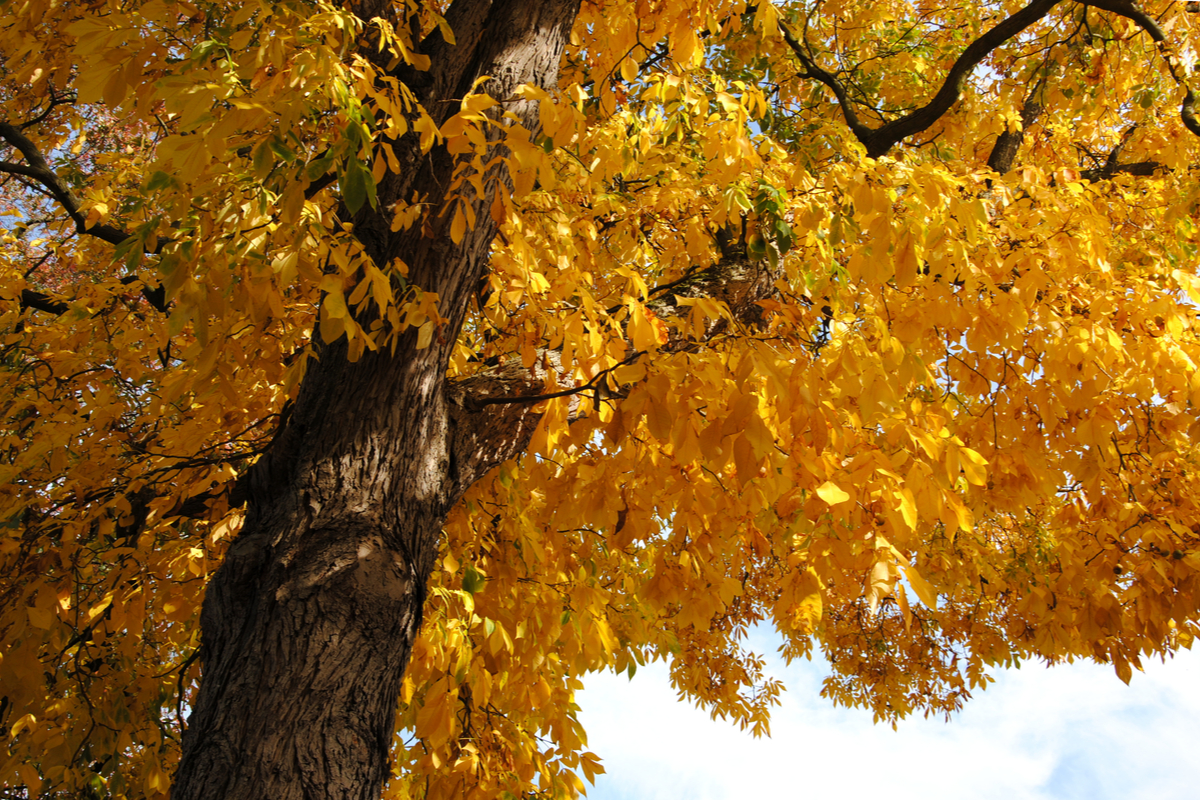
Also known as swamp hickory, this Canadian tree is often used as cutting wood and sold with true hickory species.
Although it is one of the shorter-lived hickory trees, it still can live for around 200 years.
20. American Chestnut (Castanea Dentata)
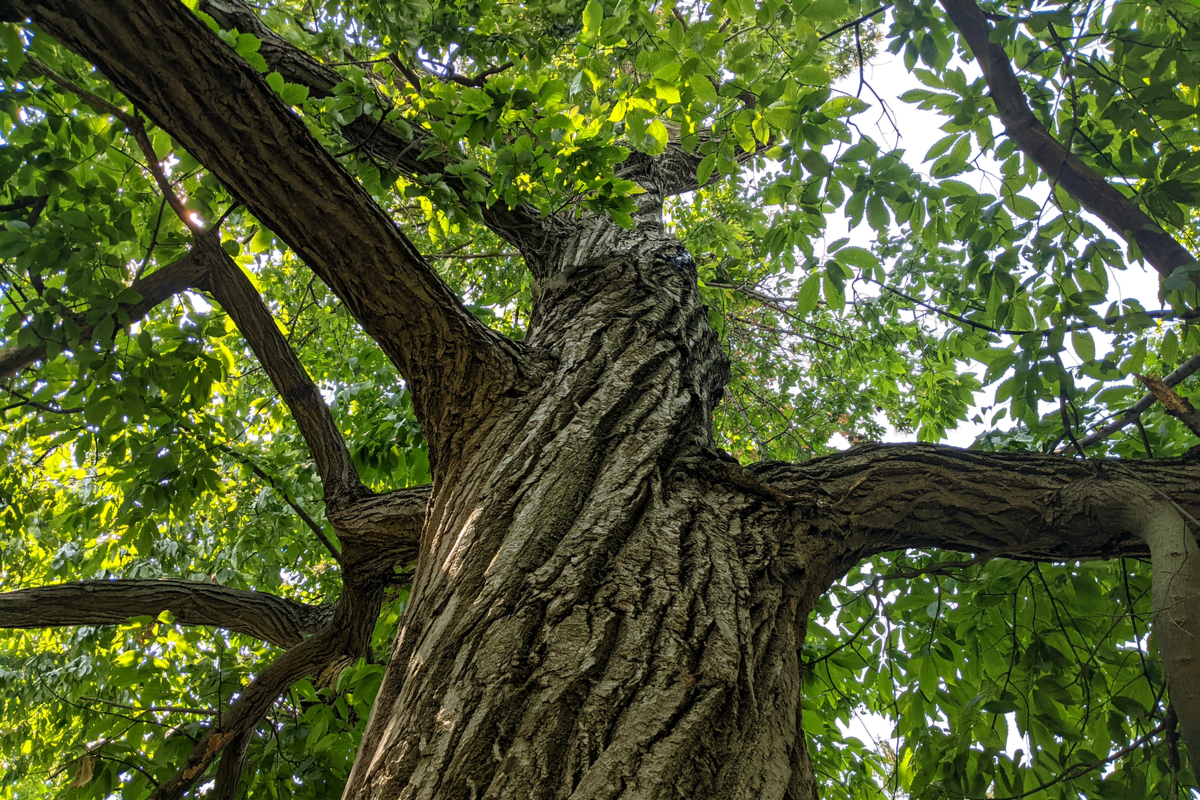
Part of the beech family, the American chest is a large, deciduous tree native to the Eastern regions of America and Canada.
The American chestnut tree is a very popular forest tree.
21. Hackberry (Celtis Occidentalis)
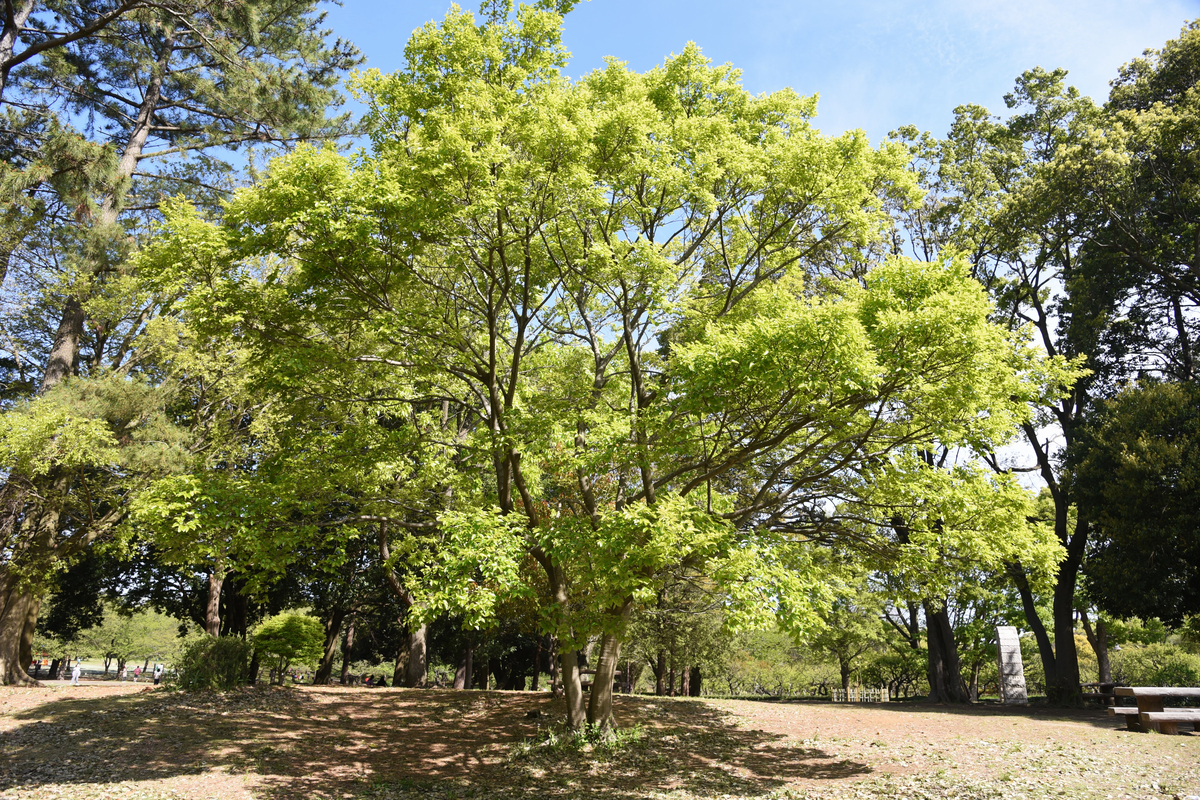
The common hackberry is a large tree commonly found in North America. It is also known as nettle tree or beaver wood.
Hackberry trees are long-lived hardwoods that have unusually light wood.
22. Redbud (Cercis Canadensis)
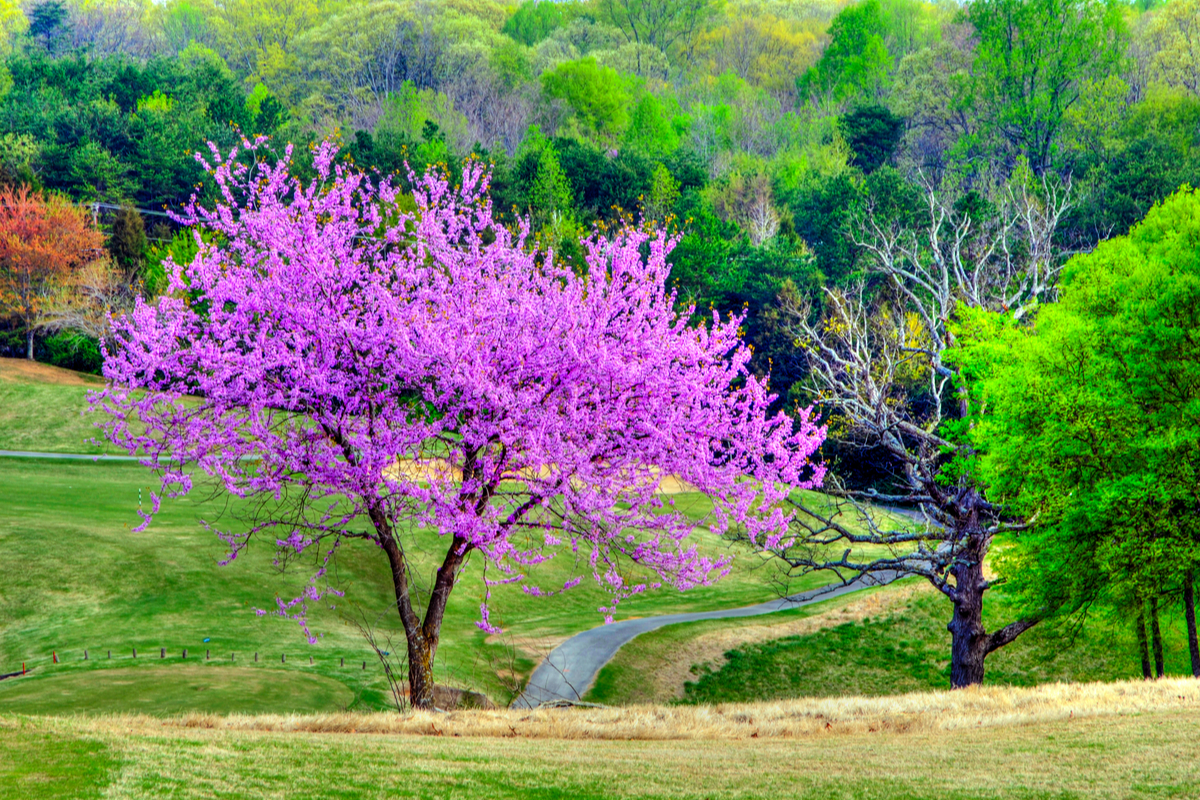
As its Latin name indicates, the redbud is home in the East of North America. It typically grows up to 9 m tall, with a branch spread of around 10 m.
23. American Hazel (Corylus Americana)
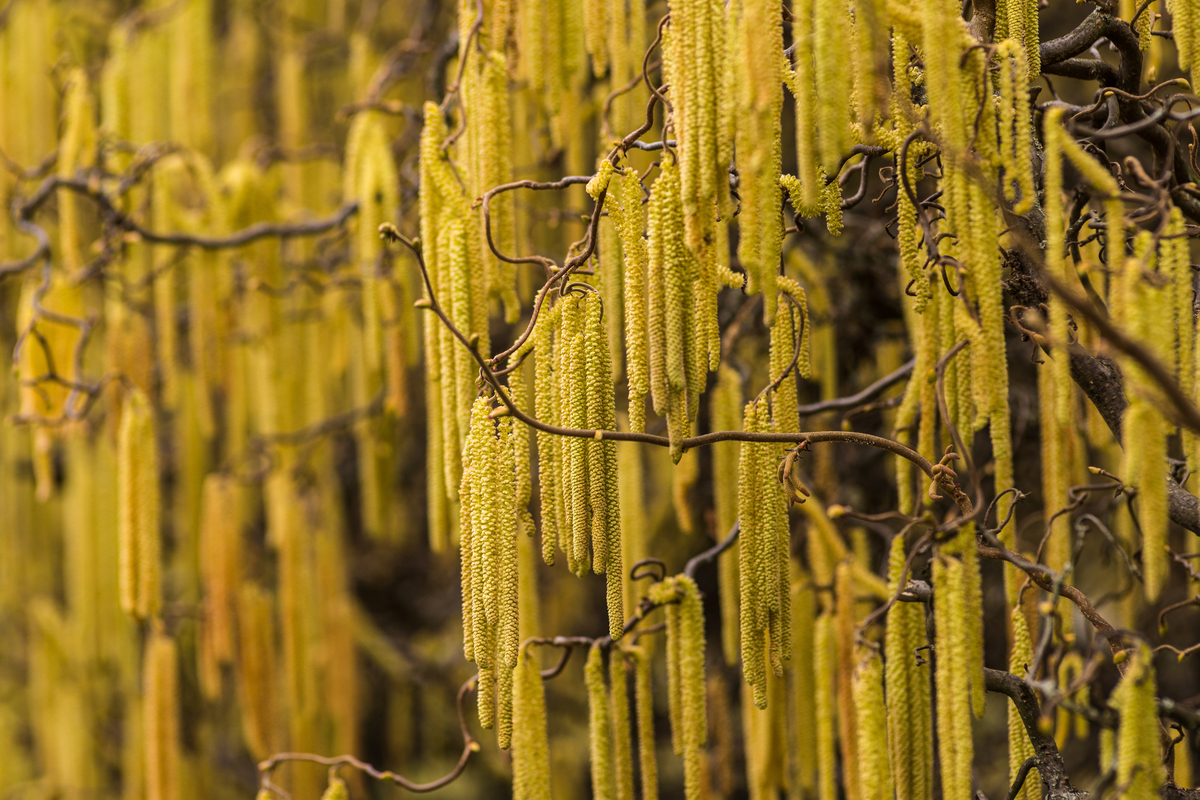
The American hazel is best known for its tasty fruit, the hazelnut. This deciduous shrub has its home in the Southern parts of Eastern and Central Canada.
As a small tree species, the American hazel grows only 5 m tall.
24. Silverberry (Elaeagnus Commutata)
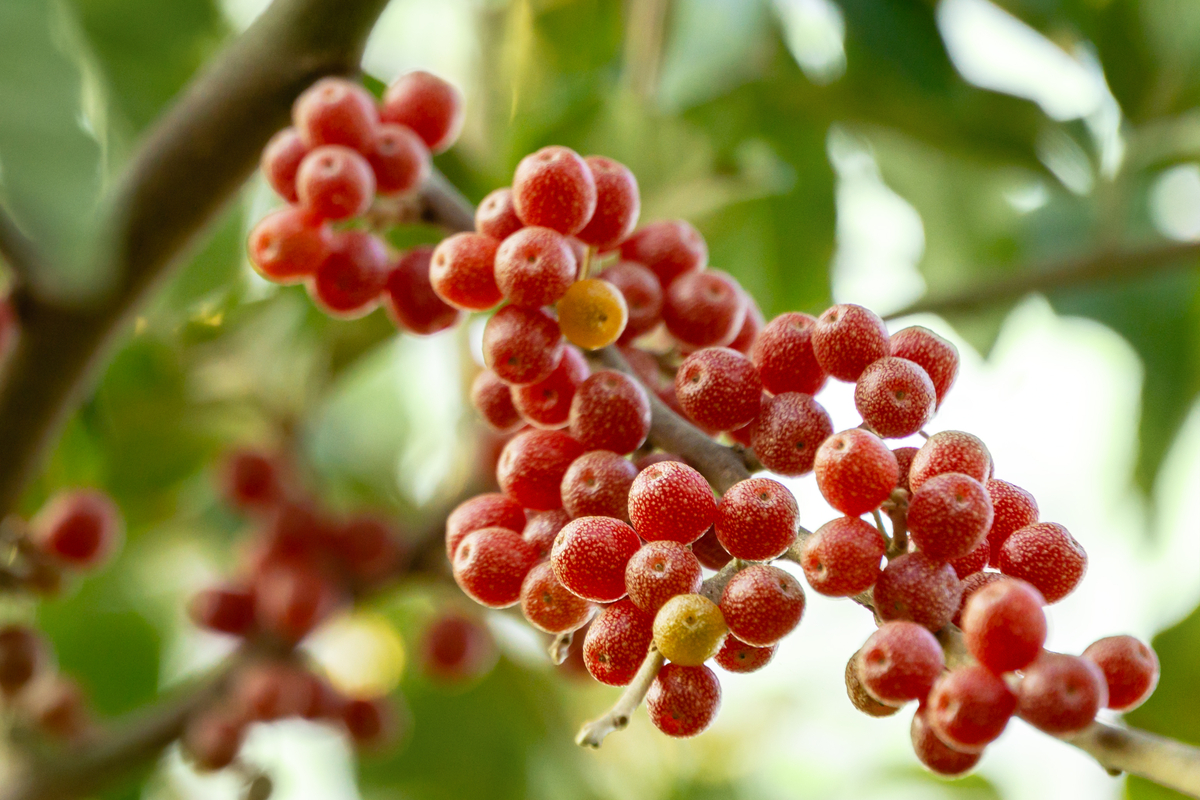
The silverberry tree is also rightly known as wild willow. This is due to its silvery, draping branches.
It usually grows in moist sandy or dry gravel soils, such as near woodland edges or steppes.
25. American Beech (Fagus Grandifolia)
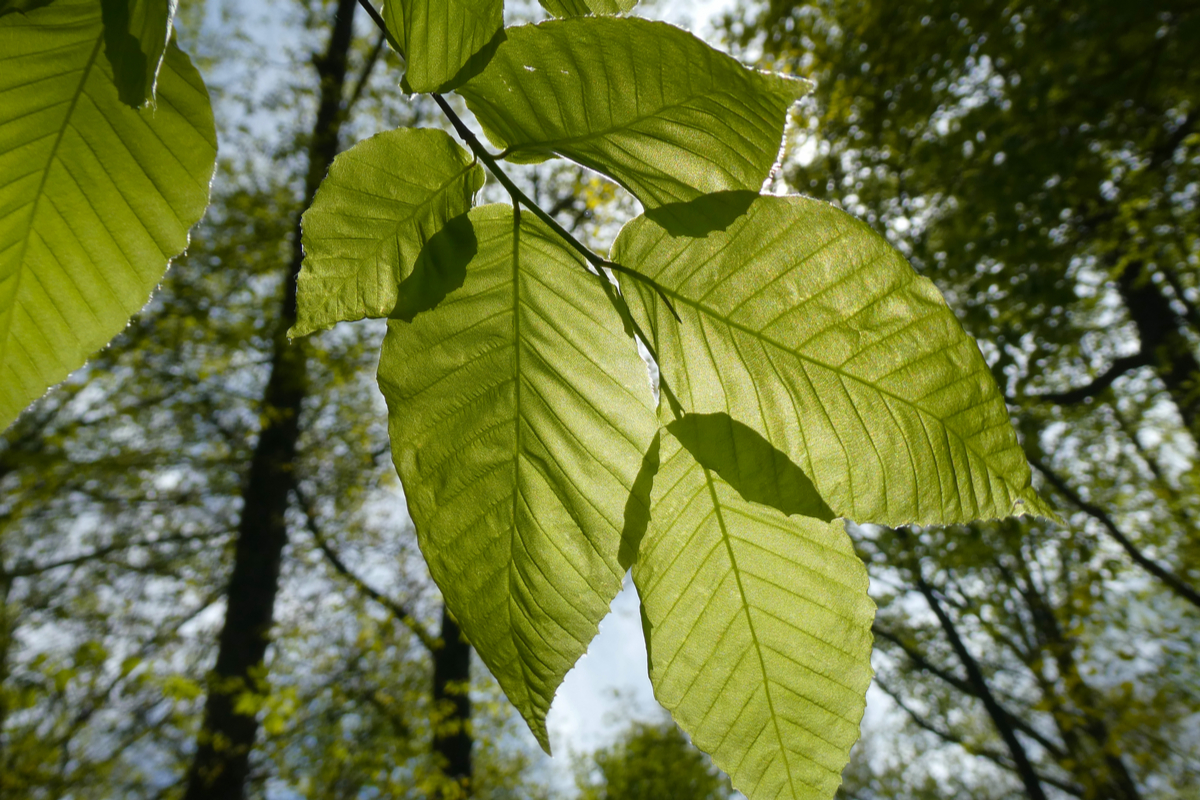
The American beech grows mostly in the very South East of Canada. Its large leaves and tall trunk make this deciduous tree a great sight in Canadian woodlands.
26. Kentucky Coffee Tree (Gymnocladus Dioicus)

While this tree has its name from a state in the USA, the Kentucky coffee tree grows from the US Midwest to Ontario in Canada.
The seeds can be used as an alternative to coffee beans. However, they are toxic and should be roasted before consumption.
The wood of the Kentucky coffee tree is ideal for furniture, and this tree is also often planted as a street tree.
27. Mountain Holly (Ilex Mucronata)
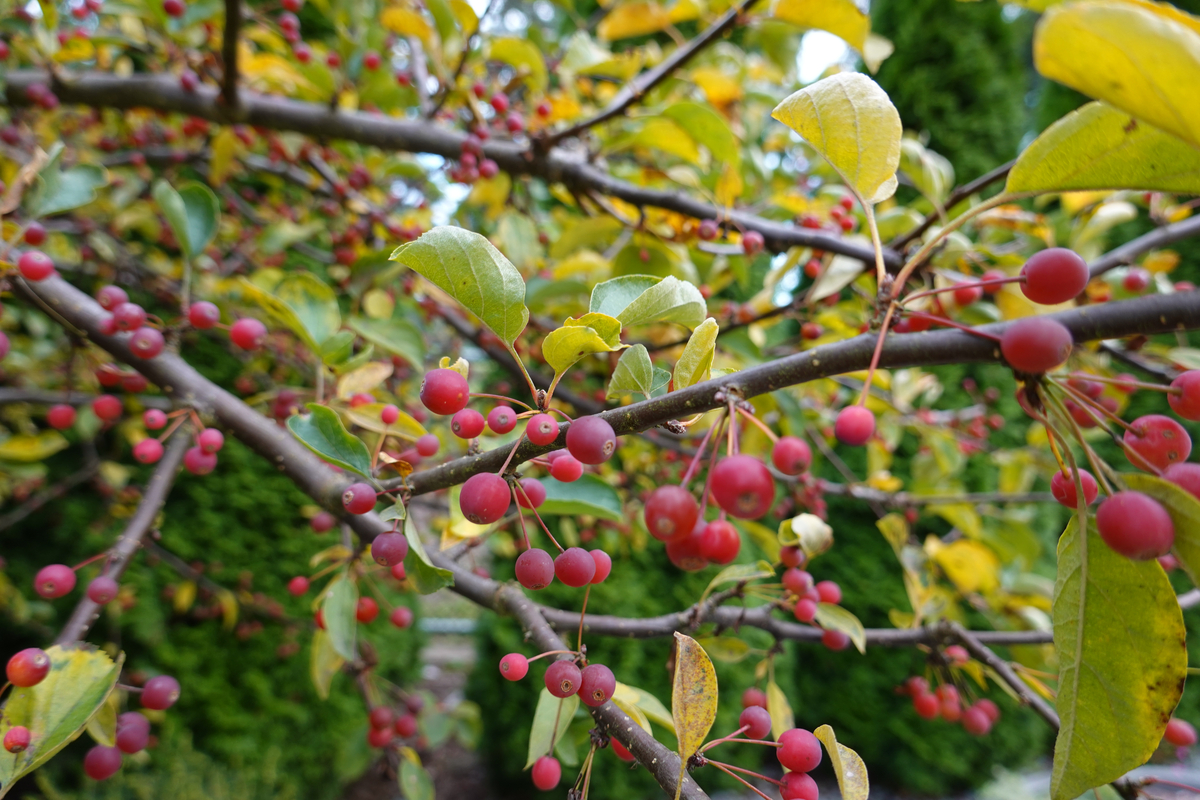
Another popular mountain tree growing in high altitudes, the mountain holly is a deciduous shrub growing only 4 m tall.
Its large red berries are the reason why this tree is sometimes also called catberry.
28. Black Walnut (Juglans Nigra)
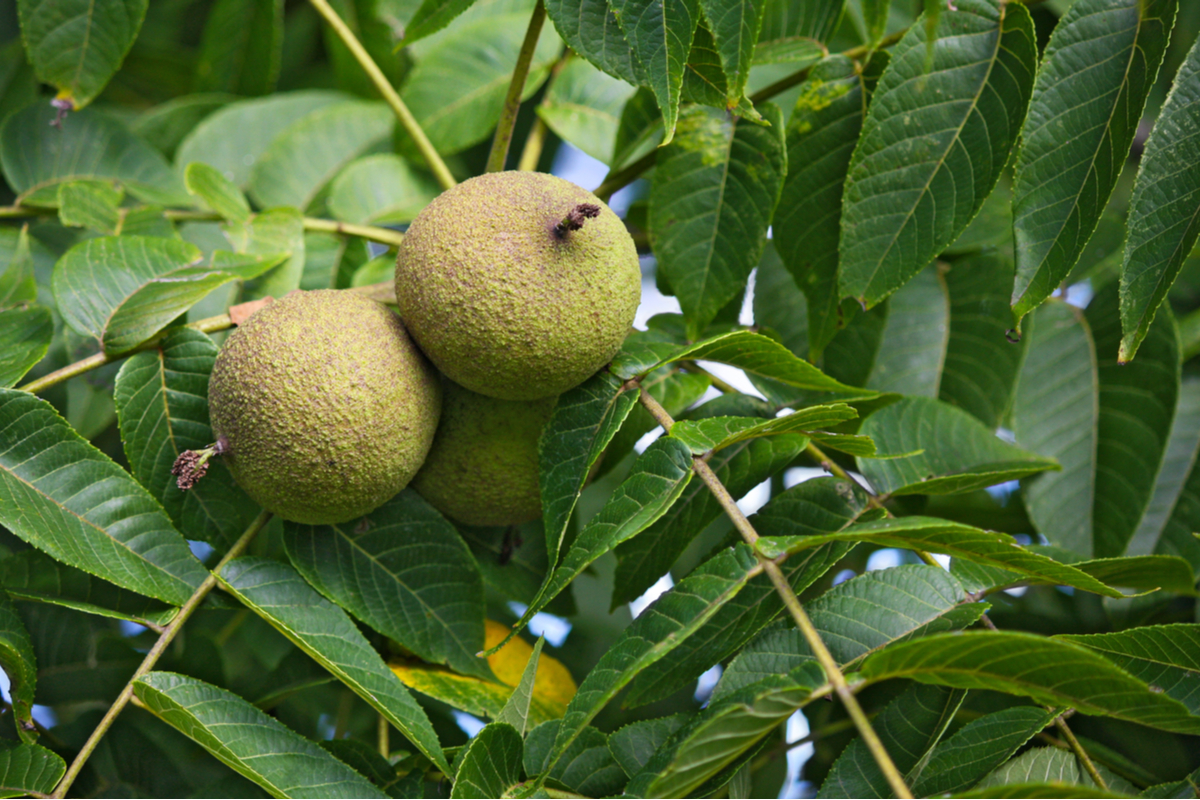
The black walnut tree grows across North America. It’s an important tree for wood cutting and logging as its deep brown wood is ideal for furniture.
It releases chemicals from its roots that harm insects and other animals.
Despite this natural advantage, the black walnut is very susceptible to different diseases.
29. Cucumber Tree (Magnolia Acuminata)
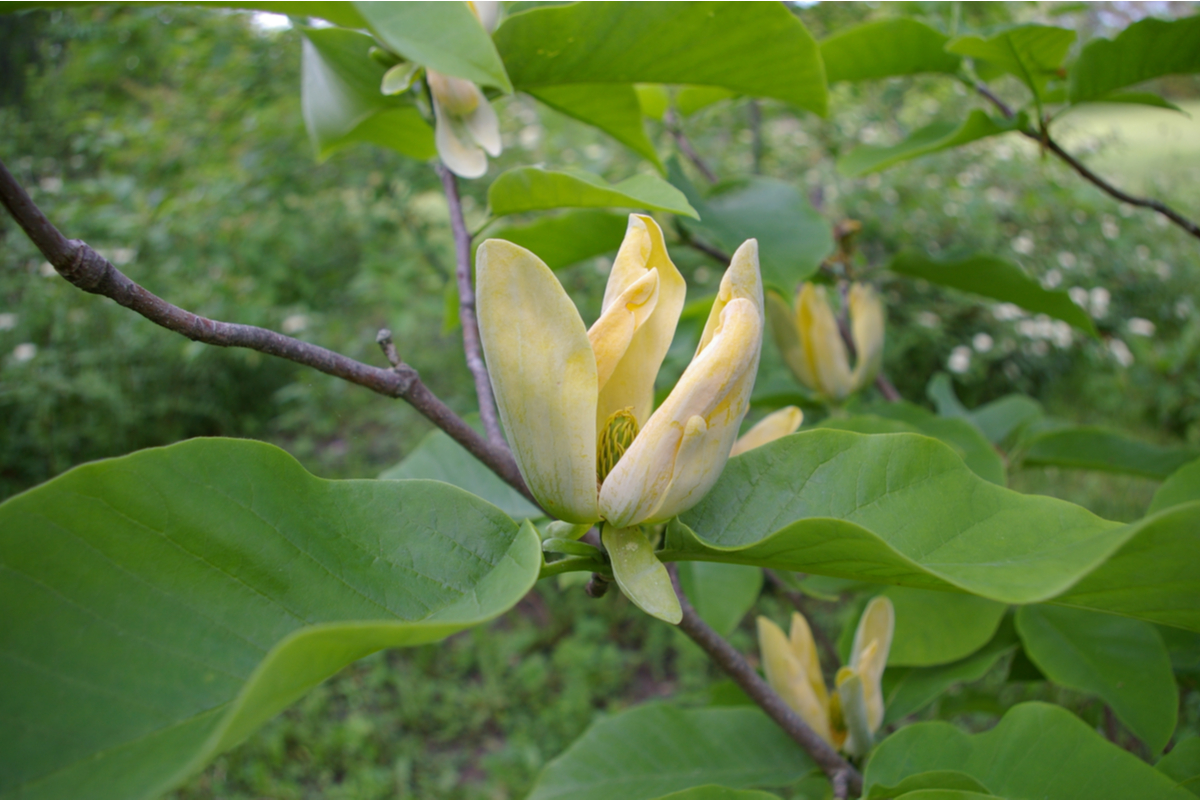
Its name is quite misleading. This tree doesn’t grow cucumbers but it’s part of the Magnolia family.
The cucumber tree is one of the largest magnolias in the world.
This hardy tree is ideally adapted to the climates of the Southern Ontario region. The cucumber tree grows small yellow flowers.
It has its name from the unripe fruit which resembles the shape of a small, green cucumber.
30. Pacific Crab Apple (Malus Fusca)
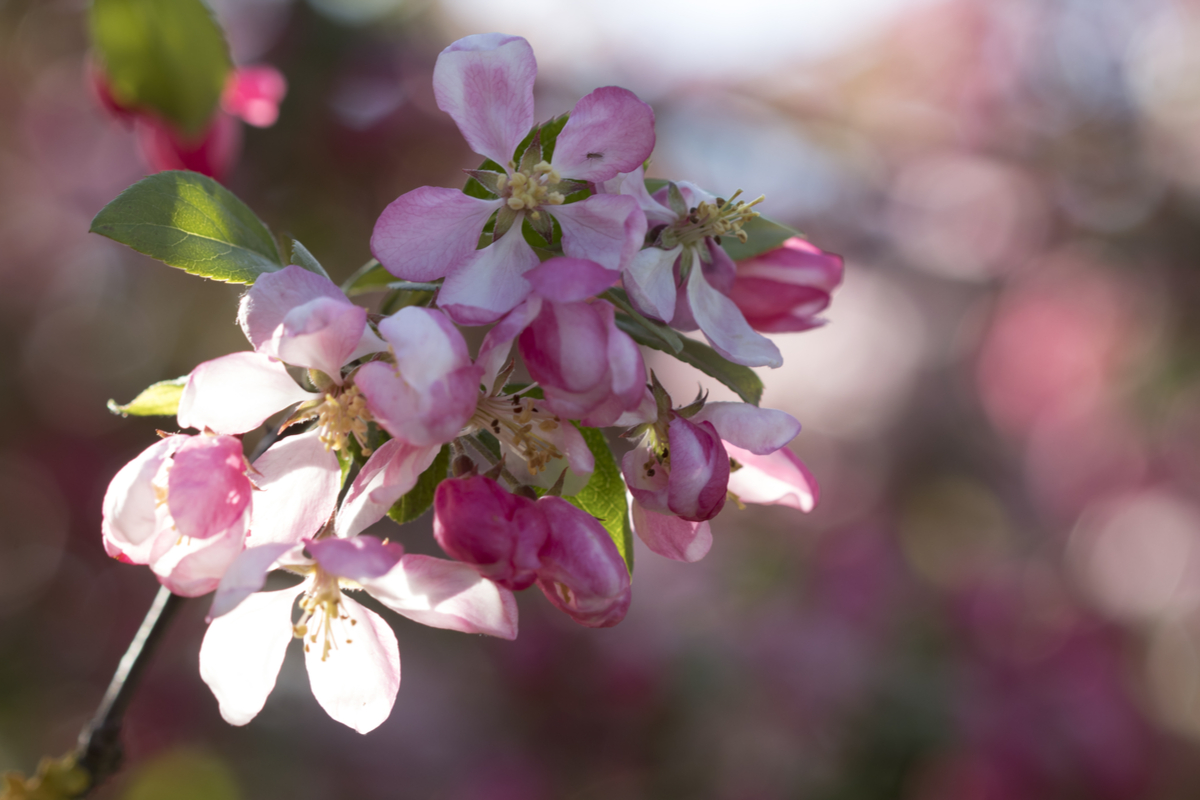
The Pacific crab apple tree can grow up to 13 meters tall and bright green foliage with leaves of up to 10 cm long.
Just like most apple trees, this hearty tree shows its pale pink flowers during the spring.
31. Red Mulberry (Morus Rubra)
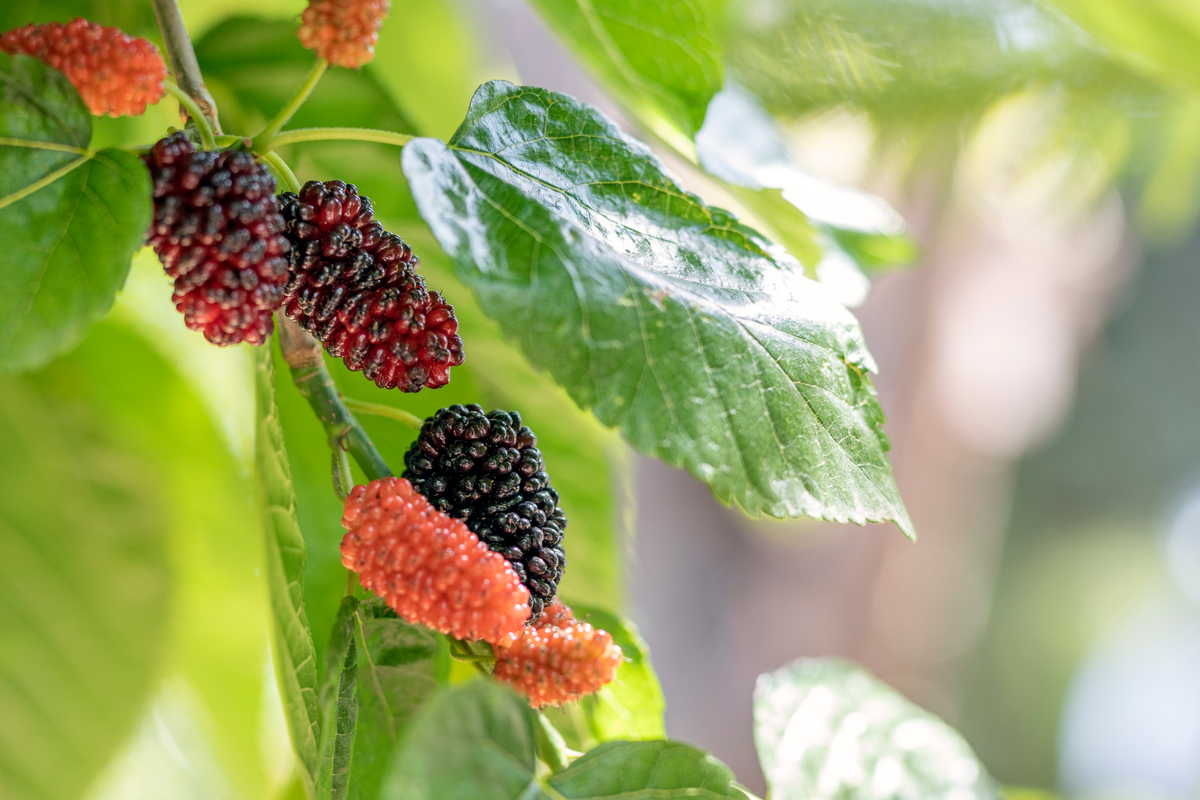
Also known as the Pacific wax myrtle, red mulberry is a small, evergreen tree that has its home near the Pacific Ocean.
It grows from Vancouver Island all the way South to California.
RELATED: 19 Different Types Of Mulberry Trees (With Pictures)
32. Black Cottonwood (Populus Trichocarpa)
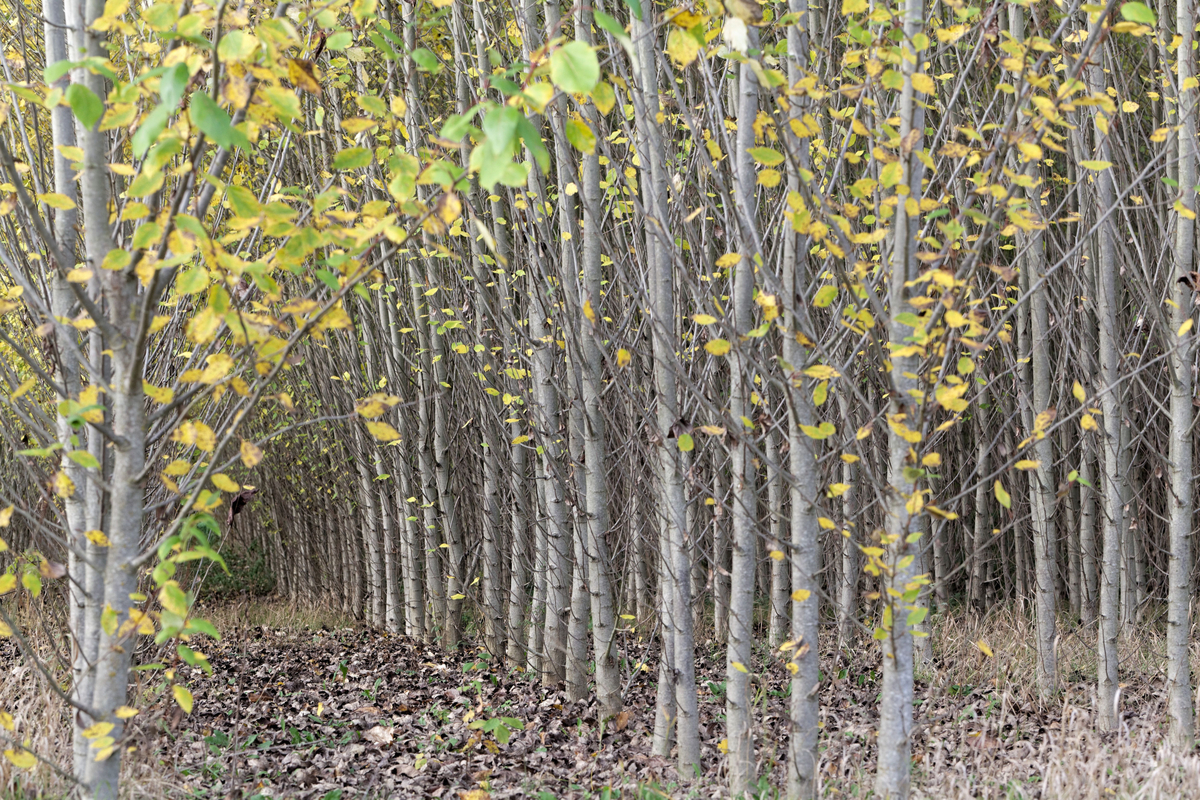
This broadleaf tree is native to North West America where it is used for timber. Black cottonwood, also called Western balsam polar, can grow up to 50 m.
Its wood and roots were used for canoe making and ropes in the past. The sap is ideal as glue and waterproofing materials.
The flowers of the black cottonwood tree are used for perfume in the cosmetics industry.
33. White Oak (Quercus Alba)
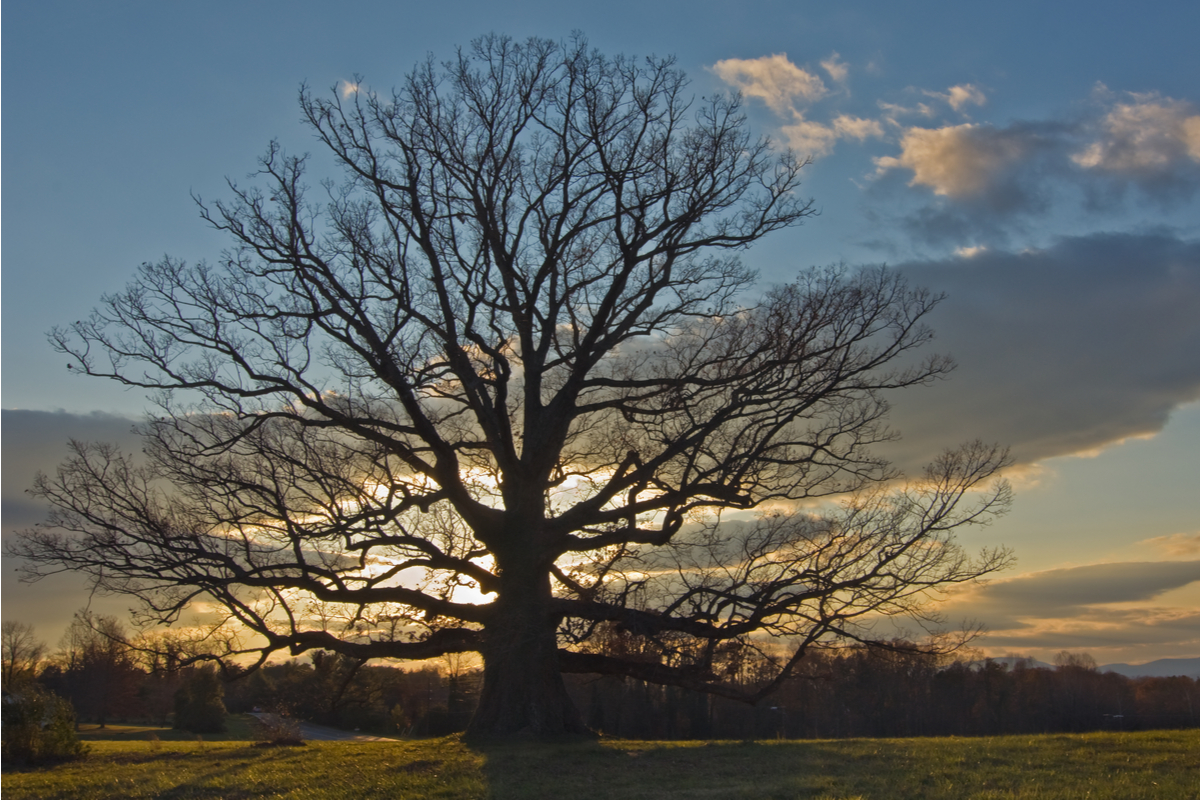
Oaks are one of the best-known hardwoods around the world.
The white oak tree is a majestic tree growing in the Central and Eastern regions of North America. White oaks can live up to 450 years old.
While its name indicates that it may have white bark, this oak species has a light gray bark that only turns white when it’s sanded and processed.
34. Silver BuffaloBerry (Shepherdia Argentea)

The silver buffalo berry tree is native to the Western and Central areas of North America.
It grows in the prairie provinces of Canada, including Alberta, Manitoba, and Saskatchewan.
35. Rock Elm (Ulmus Thomasii)
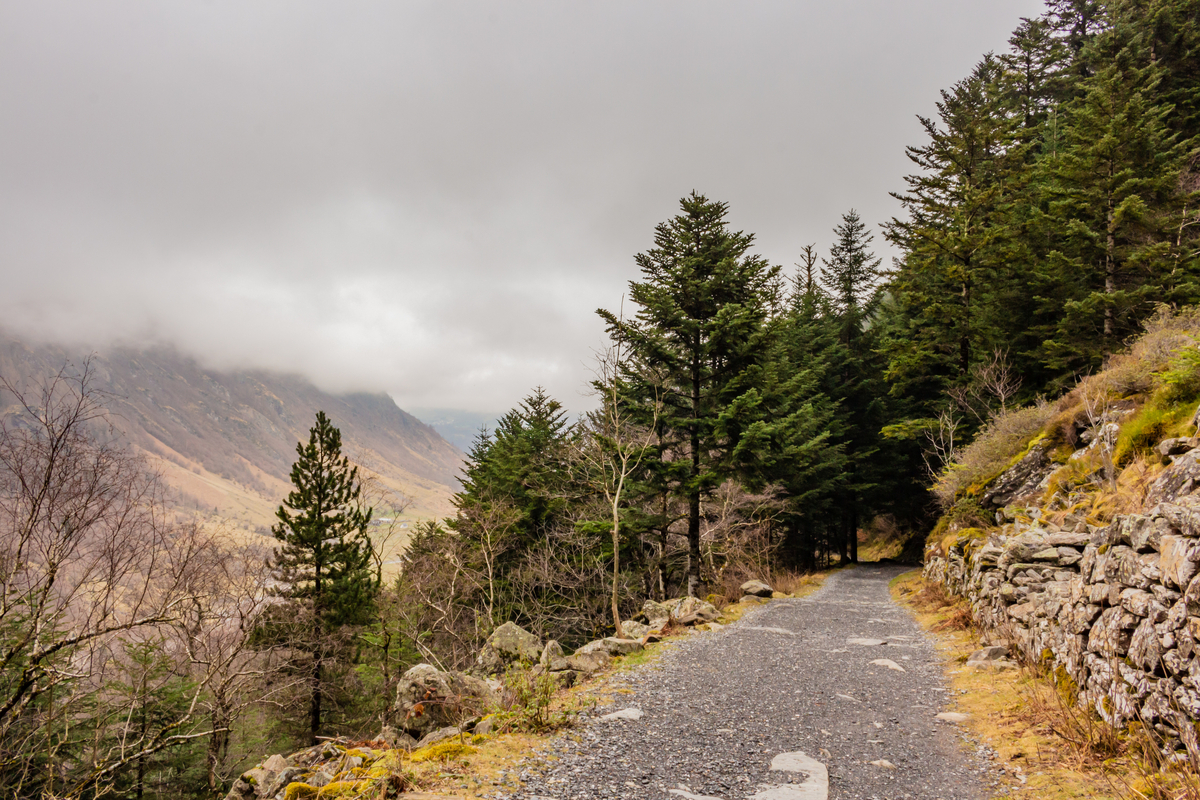
The rock elm is a medium-sized Canadian tree that grows up to 30 m in height. It can reach up to 300 years of age.
Conclusion
Canada has so much to offer to tree lovers, and there is a vast range of leaved trees as well as needle trees to be seen, and enjoyed.
We hope you learned something from this article, here are other articles that you can learn from:
Tall and Sweet: The Ultimate Guide to Strawberry Trees







